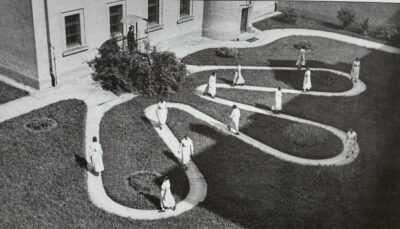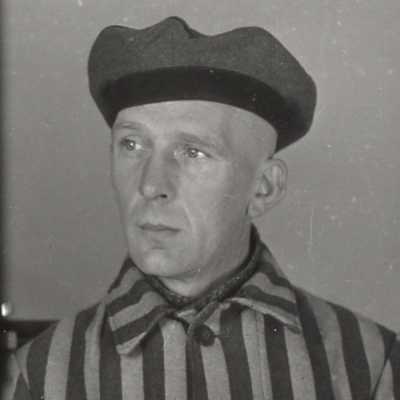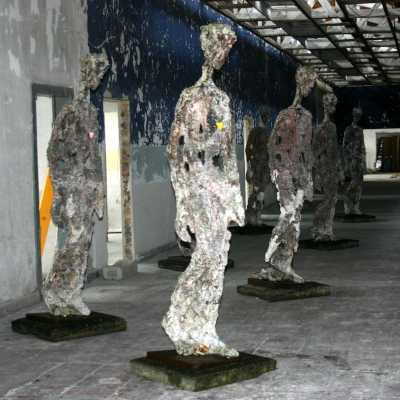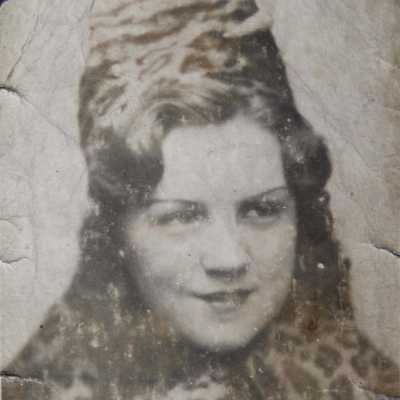
Liane Lieske: The Boundary of Acceptability is the Erosion of Human Rights My grandmother, Erna Lieske, was born in 1900 as the illegitimate daughter of a maid in Pomerania. Her mother died…
learn more

From 1933 to 1945, numerous women were imprisoned by the National Socialists in the Aichach women’s prison, with many of them deported to concentration camps. For decades, there was little interest in…
learn more

Dr. Anna Hájková is a historian who teaches and works at the University of Warwick. She has been advocating for the remembrance and recognition of Willy Brachmann for many years. In June…
learn more

»If I reported him, he said, he would never be set free.« In 2022, Alfons L. Ims published a book about his family’s fate under National Socialism»Eine ›asoziale‹ Pfälzer Familie. Wie in…
learn more

In 2021 Daniel Haberlah published a book about his great-great-aunt titled »Sent to Ravensbrück as an ›
Asocial‹: The Brief Life of Irmgard Plättner«. Irmgard Plättner was persecuted by the Nazis for supposedly being »asocial« and she died in Ravensbrück concentration camp at the age of 24. In this article Daniel Haberlah from Braunschweig describes his attempts to trace her life history and how his family has dealt with it.
People were defined as »asocial« and faced persecution if they did not fit into the »national community« (»Volksgemeinschaft«) under Nazism. The groups affected were primarily the unemployed, the homeless, prostitutes or non-conformist youth. They were accused of posing a danger to society. The welfare authorities, justice system and police were among the institutions which worked together to persecute these individuals. They created a dense network of surveillance and compulsory measures.
learn more




